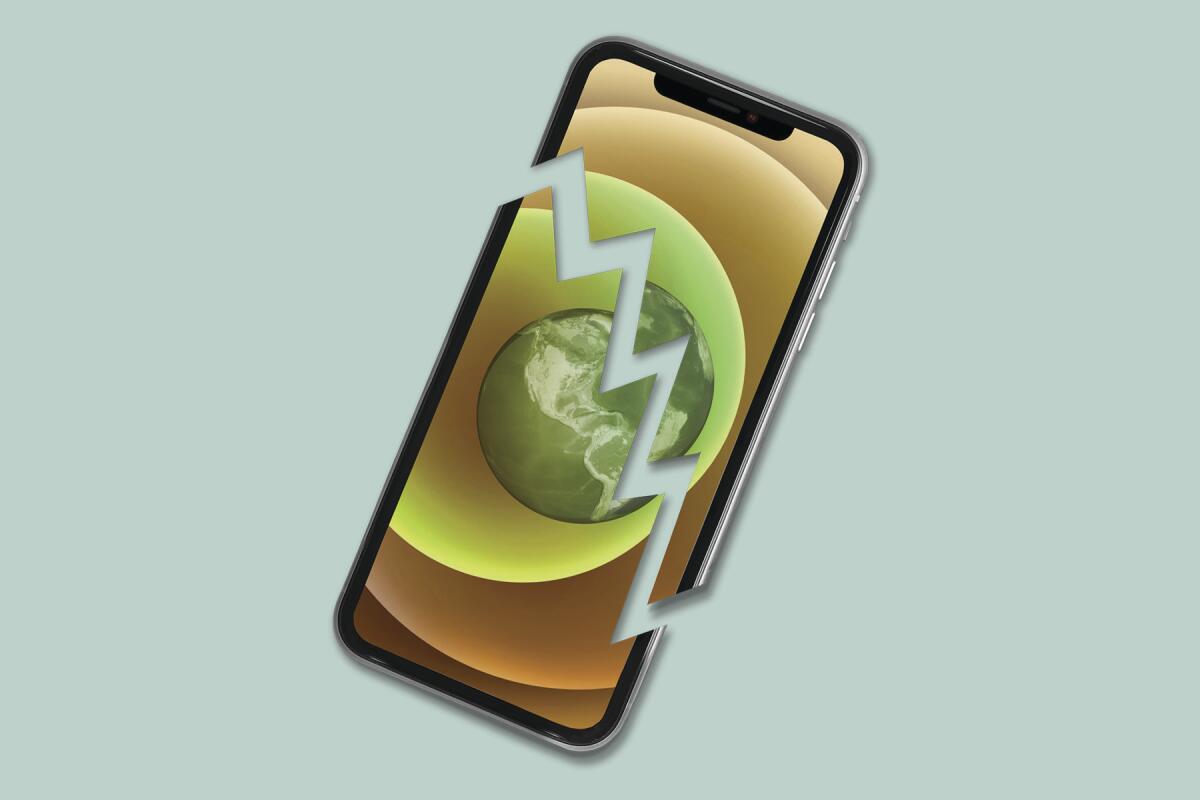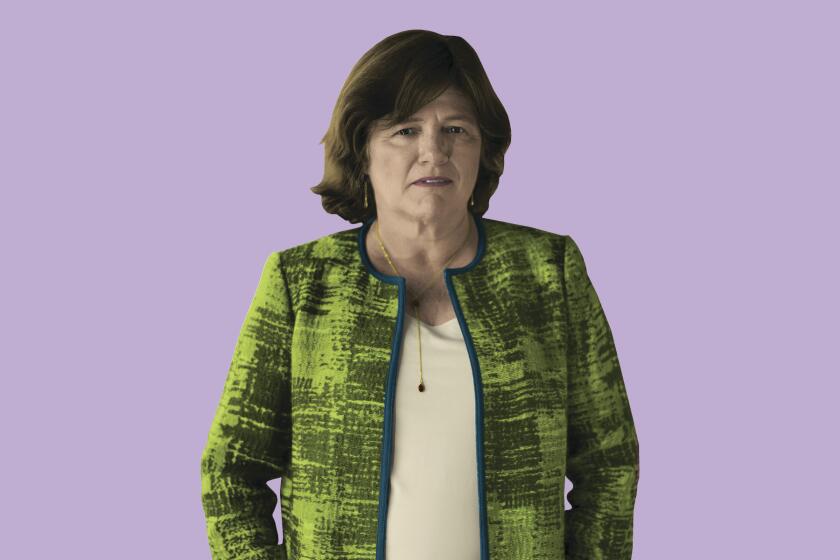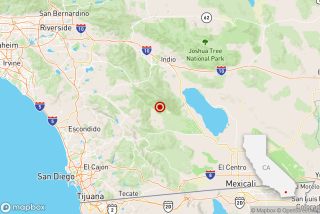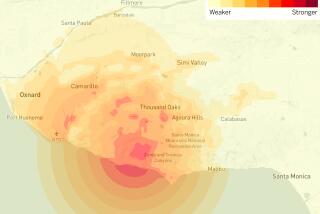Here’s what would happen if a huge quake hit Los Angeles

If a large earthquake ruptures the San Andreas fault, the death toll could approach 2,000, and the shaking could lead to damage in every city in Southern California — from Palm Springs to San Luis Obispo, seismologist Lucy Jones has said. Here’s what could happen.
Early warnings
California and the Western U.S. have a network of early warning sensors. The earthquake early warning system works on a simple principle: The seismic waves from an earthquake travel at the speed of sound through rock — slower than today’s communications systems.
For example, it would take more than a minute for a magnitude 7.8 earthquake that started at the Salton Sea to shake up Los Angeles, 150 miles away, traveling along the state’s longest fault, the San Andreas.
Depending on your location, that could give you precious seconds to get under a sturdy piece of furniture and hold on before you feel the shaking. Remember: The moment you feel an earthquake, drop to the ground, cover your head and neck with your arms, or get under a sturdy piece of furniture nearby, and hold on.
To get the warning, download MyShake on your smartphone.
The shaking
Shaking will be more intense than the 1994 Northridge quake or the temblor that hit Mexico City in September 2017. The U.S. Geological Survey calculated those quakes as having “violent” shaking, or an intensity of 9 on a 10-point scale. A big San Andreas quake, The Times has reported, would bring “extreme” shaking: 10 out of 10. And it could last for nearly two minutes, according to the USGS.
No one alive today has experienced such an earthquake in this region.
Japan has a sophisticated system to alert its residents, and Mexico City has ubiquitous sirens. Is California’s early warning system ready?
Death and damage
About 1,800 people could die in a hypothetical 7.8 earthquake on the San Andreas fault — that’s according to a scenario published by the USGS called the ShakeOut. More than 900 people could die in fires, more than 600 in building damage or collapse, and more than 150 in transportation accidents. Nearly 50,000 people could be injured.
If the earthquake were to occur during a Santa Ana wind event, the spread of fires could be catastrophic. If it were particularly rainy, landslides would be a major concern.
Interstates 10 and 15 both cross the San Andreas fault and could become impassable, cutting off Southern California from population centers in Las Vegas and Phoenix.
The aqueducts that bring in 88% of Los Angeles’ water and cross the San Andreas fault could be damaged or destroyed, Jones has told The Times.
ShakeOut coauthor Keith Porter, research professor at the University of Colorado, Boulder, warned in a 2011 study in the journal Earthquake Spectra that under certain conditions, a magnitude 7.8 earthquake could create such a sudden interruption of high-voltage interstate transmission of electricity that “potentially all of the western U.S. could lose power.” Power could be restored within hours in other states, the scenario said. But restoring power in Southern California could take several days.
Get earthquake-ready in six weeks
From building a kit to buying insurance, our Unshaken newsletter course will help you prepare.
You may occasionally receive promotional content from the Los Angeles Times.
Up to 1 million people could be displaced from their homes.
The damage could add up to $200 billion, the ShakeOut scenario estimates.
Communications networks, including internet and cellphone service, could be disrupted for days or longer if telecommunications lines are severed and if electricity is out. Call volume will be high right after a major quake, leading to outages as well. It may be easier to send and receive text messages.
Aftershocks and aftermath
Remember the Ridgecrest earthquake on July 4, 2019? It was a foreshock — followed the next day by a larger quake. If the Big One on the San Andreas fault is the main shock, it could be followed by large aftershocks (or preceded by foreshocks) at any time, killing and injuring more people and causing more damage.
A day or so after the shaking, it is possible that water, sewer, electricity and gas service will remain out for people in the areas affected by the worst shaking, the ShakeOut scenario posits. In areas that sustain significant damage, many people would be camping outdoors.
Rescues of people from damaged buildings could go on for three or more days. Putting out fires could take that long or longer. Hospitals could be overwhelmed and short on supplies, in addition to dealing with damage of their own.
Up to a month after the earthquake, some damaged roads and bridges could still be out. The interstate freeways are likely to have reopened, and most people’s utilities will be back on, though tap water may need to be boiled. It could take up to six months for many people to start getting back to normal.
This article is compiled from published Times reports and the USGS ShakeOut earthquake scenario.
People are much more important than kits. People will help each other when the power is out or they are thirsty. And people will help a community rebuild and keep Southern California a place we all want to live after a major quake.
More to Read
Get earthquake-ready in six weeks
From building a kit to buying insurance, our Unshaken newsletter course will help you prepare.
You may occasionally receive promotional content from the Los Angeles Times.








